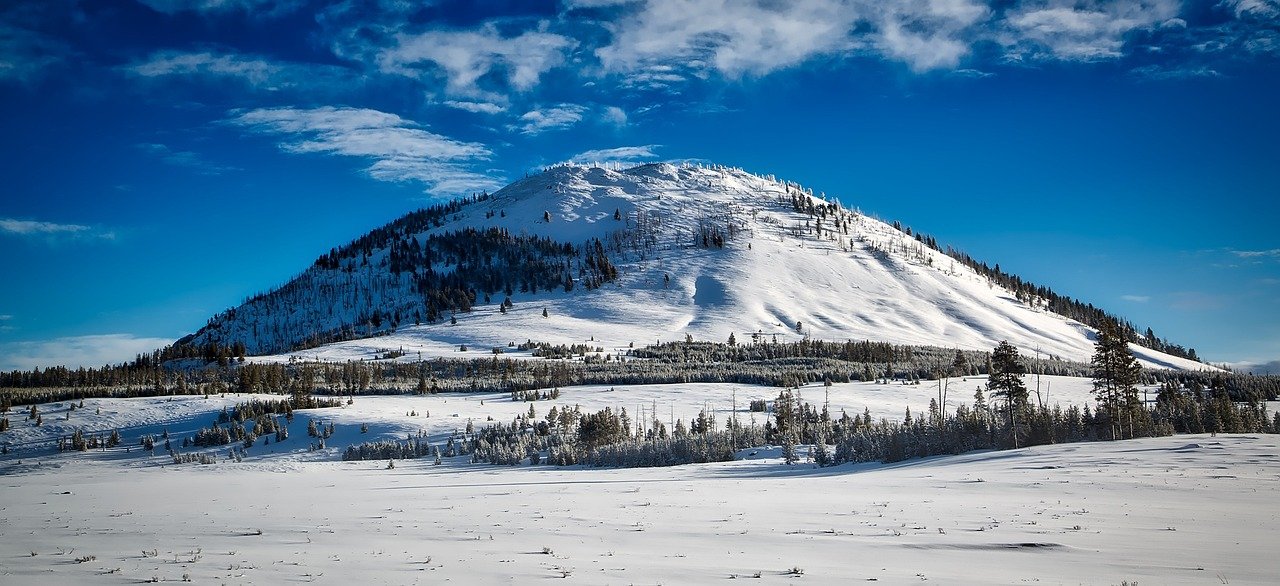Fun Fact About Yellowstone National Park
In “Fun Fact About Yellowstone National Park,” we bring your attention to the fascinating and often surprising facts about this globally renowned geographical wonder. From the history of its formation to its rich biodiversity, Yellowstone National Park holds numerous mysteries and wonders that make it a true natural spectacle. This article aims to enlighten you about the interesting aspects of this extraordinary location, bringing you a step closer to understanding its true essence.

The Establishment of Yellowstone National Park
In 1872, we made history by establishing Yellowstone National Park, the first of its kind, not only in the United States, but in the entire world. This momentous initiative marked a significant evolution in our collective consciousness concerning the preservation of public lands.
First National Park in the World
Yellowstone became the first national park in the world on March 1, 1872, through legislation signed by President Ulysses S. Grant. It laid a foundation for future conservation initiatives throughout the world and set a precedent for the importance of preserving our planet’s most precious natural wonders for future generations.
The Act of Dedication
The Act of Dedication, passed by the United States Congress for the establishment of Yellowstone National Park, was a monumental law. It recognized the need to protect our nation’s wildlife, geology, and lands from commercial exploitation, confirming the government’s commitment to the conservation of our natural resources.
Geological Wonders of Yellowstone
Yellowstone is renowned for its geological wonders, providing an awe-inspiring look at the natural forces that shape our planet.
The Yellowstone Caldera
The park sits atop one of the world’s largest active volcanic systems, known as the Yellowstone caldera. This enormous volcanic basin provides the energy source for many of the park’s most unique geological features, including its hot springs and geysers.
Hot Springs and Geysers
Yellowstone houses over 10,000 thermal features, including geysers, hot springs, mud pots, and fumaroles. The park’s geysers especially are global renown, including the well-known Old Faithful Geyser that has drawn visitors from around the globe for its frequent eruptions.
The Grand Canyon of Yellowstone
The Grand Canyon of Yellowstone is yet another stunning geological feature within the park. The deep chasm carved by the Yellowstone River features vibrant colours due to the diverse geological composition, providing a vista that is truly awe-inspiring.
Petrified Forests
Another fascinating geological feature that makes Yellowstone unique is its petrified forests. Embedded within the rocks of the park, these ancient trees stand as a testament to the dynamic nature of our planet over the millennia.

Yellowstone’s Flora and Fauna
The importance of Yellowstone extends beyond its geological features, with the park housing an astonishing array of plant and animal species.
Diverse Plant Species
Yellowstone is rich in biodiversity, hosting over 1,700 species of native plants. These species span a wide range of habitats, featuring a surprising array of plant life that contributes to the park’s striking natural beauty.
The Wildlife of Yellowstone
The park serves as a refuge for numerous species of wildlife, some of which are not seen elsewhere. Iconic animals like the grizzly bear, elk, American bison, and pronghorn, among many others, call Yellowstone their home.
The Return of the Wolves
Yellowstone’s ecology was forever changed with the reintroduction of wolves to the park in the mid-1990s.
End of Wolves’ Extinction
In 1995, gray wolves were reintroduced to Yellowstone, after having been eradicated from the park by the 1920s. This marked a significant milestone in the efforts to restore the full suite of original fauna to the park.
Positive Impact on Ecosystem
The return of the wolves had a transformative impact on Yellowstone, leading to increased biodiversity and a more balanced ecosystem. The wolves’ reappearance has even been credited with changing the rivers’ course, showing the profound effects of such an apex predator on the ecosystem.

Natural Disasters at Yellowstone
Yellowstone has also experienced its fair share of natural disasters, which have played a significant role in shaping the landscape.
The 1988 Yellowstone Fires
In the summer of 1988, Yellowstone was ravaged by a series of fires that burned nearly 800,000 acres of land. These fires, while destructive, played a crucial role in renewing the park’s ecosystems.
Earthquakes and Volcanic Activity
The park’s vibrant geological activity, while a source of beauty and fascination, also creates the potential for disasters. Yellowstone experiences frequent earthquakes, and the ongoing volcanic activity could potentially lead to significant eruptions in the future.
Human History of Yellowstone
Humans have occupied and visited the area now known as Yellowstone for over 11,000 years, starting with Native Americans and continuing with more modern exploration and tourism.
Native American Heritage
Long before it became a national park, Yellowstone was home to Native American tribes who left a rich cultural heritage that continues to add depth and intrigue to the area’s history.
Explores and Expeditions
European exploration of the area began in the early 19th century. Expeditions led by men like John Colter and William Clark brought the wonders of Yellowstone to a wider audience, laying the groundwork for the eventual establishment of the national park.

Yellowstone’s Role in Pop Culture
Yellowstone has not only played a significant role in the history of conservation but also has permeated popular culture globally.
Movies and TV Shows Filmed in Yellowstone
Numerous films and television shows have featured Yellowstone, from classic Westerns to modern dramas, cinematographers have long been drawn to the park’s epic landscapes.
Literature and Art Inspired by Yellowstone
The stunning beauty of Yellowstone has inspired artists and writers for generations. From paintings capturing the park’s grandeur to literature set in its dynamic landscape, Yellowstone has permeated our cultural imagination.
The Role of Yellowstone in Scientific Research
Not just a tourist destination, Yellowstone has become a vital laboratory for scientific research.
Study of Thermophilic Bacteria
The park’s geothermal features have become a crucial site for studying thermophilic bacteria, extremophile organisms that thrive in heat, uncovering valuable insights for medicine, biofuels, and more.
Climate Change Research
Yellowstone’s diverse habitats and living laboratories also play a vital role in studying the impacts of climate change, helping scientists understand how ecosystems adapt to changing environmental conditions.

Tourism at Yellowstone
Tourism plays a significant role in Yellowstone, with millions of visitors flocking to the park each year.
Popular Attractions
From old faithful to the grand canyon of Yellowstone, the park is full of iconic attractions that draw visitors from around the globe.
Camping and Hiking Opportunities
With over 900 miles of hiking trails and numerous camping opportunities, Yellowstone provides visitors with countless opportunities to immerse themselves in the park’s natural beauty.
The Future of Yellowstone
Finally, we turn our attention to the future of Yellowstone and the challenges that lay ahead.
Conservation Efforts
As stewards of this extraordinary landscape, we must continue our efforts to protect and preserve it. With climate change and increasing visitor numbers posing significant challenges, the importance of conservation has never been greater.
Projected Influence of Climate Change
Climate change is expected to bring alterations to Yellowstone’s ecosystems, influencing everything from weather patterns to species distribution. We must remain diligent in our studies and adapt our conservation strategies accordingly, ensuring the park’s survival for future generations.




